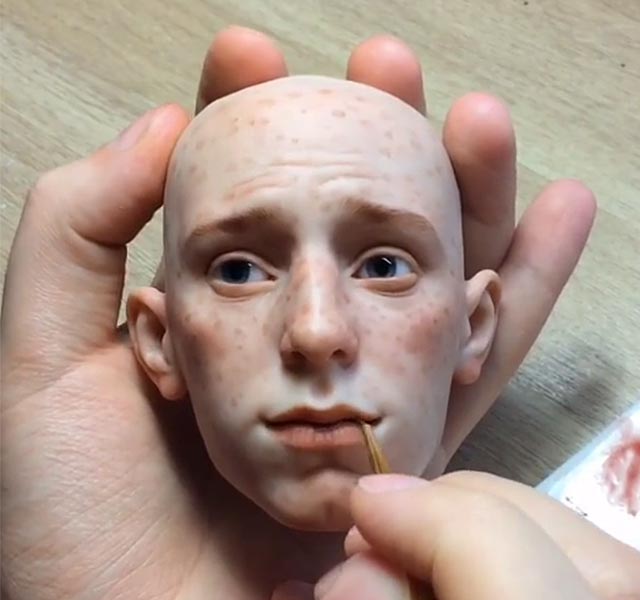 |
| The author suggests that psychologists' propensity to deem artists "mad" isn't exactly the best thing for the arts, or for artists. Good point, I think. |
New Criterion, Daniel Grant
"What makes artists do what they do? This is a question that has bothered essayists, philosophers, and psychologists for centuries, with new epochs providing fresh theories. Scorning the apparent irrationality of the artistic process, Plato described the poet as “not in [his] right mind,” possessed by the muse with “reason . . . no longer in him” and, many centuries later, Friedrich Nietzsche wrote that “it does not seem possible to be an artist and not be sick.” Certainly, others have assigned loftier attributes to artists than mental or physical disorders, but artists have tended to be seen through the years as somehow “off,” removed from real-world concerns (except, of course, poverty), and the what and whys of making art have remained a mystery.
Let’s just look at how psychologists have represented artists. (Hint: the sources of creativity are also the wellsprings of something abnormal.) A new multi-authored study in the journal Personality and Individual Differences, titled “Investigating the prosocial psychopath model of the creative personality: Evidence from traits and psychophysiology,” concluded that actors, artists and musicians frequently show similar tendencies to those with “psychopathic traits,” having high levels of “emotional disinhibition,” making them prone to dishonesty and risk-taking. “Emotional disinhibition, in the form of psychopathic boldness, is actually integral to some creative personalities and functionally related to the creative process,” the study finds. “A creative field might not just shape a person into a more arrogant or dishonest personality, it might be actively selecting them, not for the sake of having disagreeable traits, but because such traits meaningfully co-vary with creativity itself.” Those who delight in the idea that artists inherently are transgressive outlaws may be pleased. The rest of us may wonder why artists are so often associated with problems.
This study by Adrianne John R. Galang, Vincenzo Leonardo C. Castelo, Leonardo C. Santos III, Christopher Michael C. Perlas, and Ma. Antonina B. Angeles adds to an already overflowing bookshelf of research. Last fall, Trends in Cognitive Sciences published an editorial titled “Thinking too much: self-generated thought as the engine of neuroticism,” which explored “creativity and nonsituational ‘angst,’” while a June 2015 report “Polygenic risk scores for schizophrenia and bipolar disorder predict creativity” in the journal Nature Neuroscience claimed that “creative people are much more likely to carry genes connected to schizophrenia and bipolar disorder than those who work regular jobs.”
Research into the relationship between mental illness and art-making is extensive, and a regular series of conferences on the subject of Creativity and Madness (http://www.creativityandmadness.com) are scheduled around the world. Papers of all types are presented that purport to demonstrate links between artistic creativity and neurotic and psychotic states, but this area of research extends far beyond the conferences. A 2009 study by the Hungarian researcher Szabolcs Kéri claimed to identify a “schizophrenia gene” that influences creativity and in 2011 Scientific American reported on another finding that sought to explain “Why Creative People are Eccentric.” The preeminent book on the subject is Kay Jamison’s Touched with Fire: Manic-Depressive Illness and the Artistic Temperament, which made a strong connection between “creativity and mood disorders” in general, seeing an “overlap between the artistic and manic-depressive temperaments.”
Jamison stated that not “all writers and artists are depressed, suicidal, or manic. It is, rather, that a greatly disproportionate number of them are; that the manic-depressive and artistic temperaments are, in many ways, overlapping ones; and that the two temperaments are causally related to one another.”
No comments:
Post a Comment
Note: Only a member of this blog may post a comment.